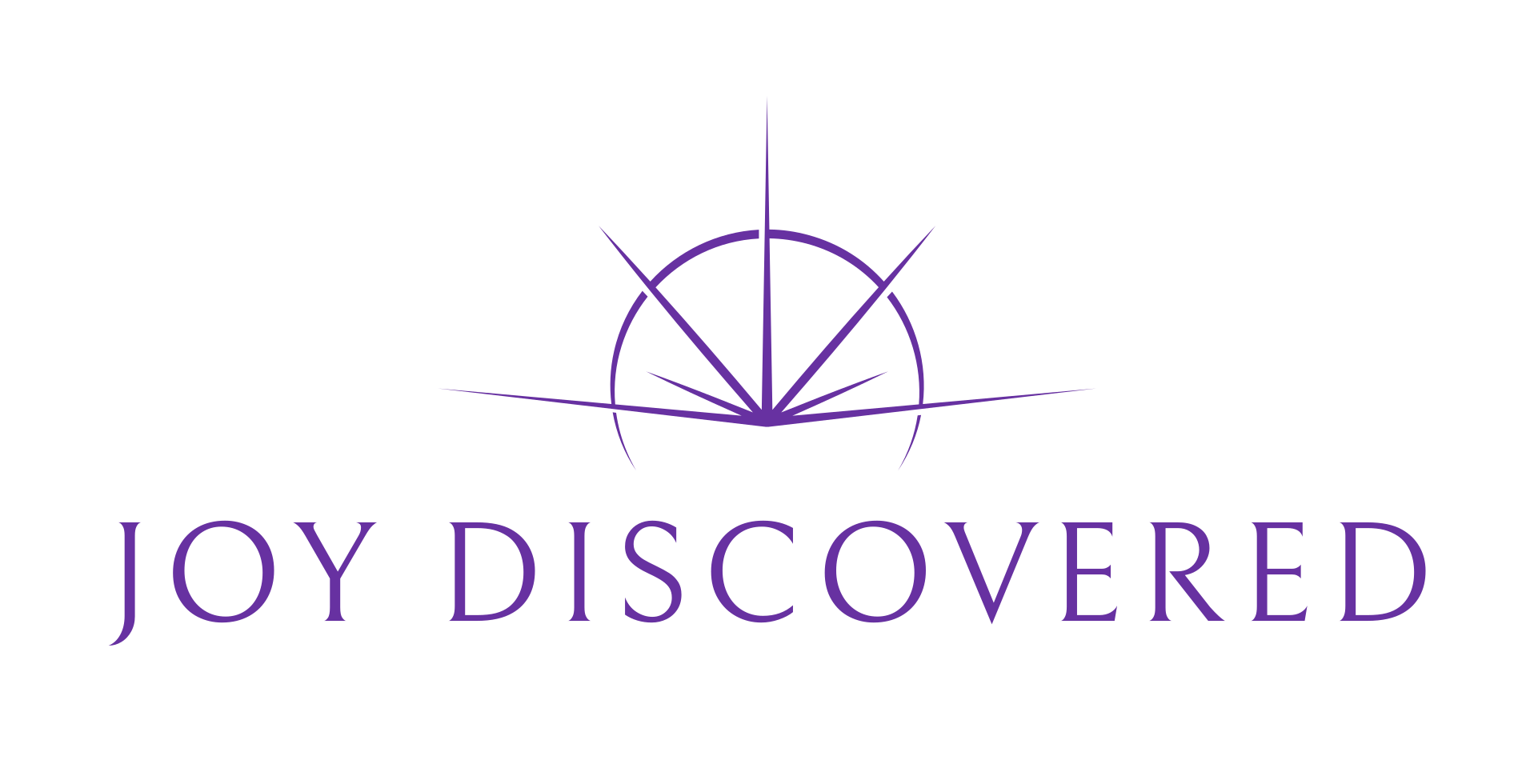How To Transition Your Managers Into Leaders

The Reality
Long gone are the days of 20th century leadership that was coercive, top-down, authoritative, and militaristic. 👋
While there are a few instances where this type of leadership is effective (like during a turnaround or natural disaster), research from Hay/McBer found it’s the least effective style of leadership.
Long gone is the loyal-for-the-long-term workforce that sucked it up when things got tough, worked hard long hours without complaint, and were happy just getting a paycheck every two weeks. 👋
With more gender and cultural diversity in the workplace than ever before, and multiple generations represented, more employees are motivated by:
- Working for an organization whose mission is in line with a greater purpose
- A deep desire for growth and visible progression, and
- Flexible work/life balance
The Data
In 2021, Gallup found that only 36% of US employees were engaged at work. This disengagement drastically reduces employee retention, productivity, and how efficiently a leader can implement new initiatives.
What’s just as problematic, a study by CPP Global found that Americans spend an average of 2.8 hours per week dealing with conflict at work, with the primary cause of this workplace conflict being personality and ego clashes (in other words: human or relationship issues). The study also found that 76% of employees will go out of their way to avoid a colleague they have a disagreement with, adding to the waste of time and resources.
This relationship avoidance behavior is common. Harvard Business Review reported that 2/3 of MANAGERS are uncomfortable communicating with their employees. A Vital Smarts study found that 70% of people avoid difficult conversations with their boss, coworker, or direct report. Other studies point to similar results: Most managers avoid difficult conversations that are necessary to shift unproductive behavior and ensure high performance of their team.
The Consequences
So organizations are full of disengaged employees, frequent work conflict, ego clashes, avoidance behavior, attitude… or much worse – are empty (aka suffering staff shortages). Ever heard of the post-pandemic Great Resignation? The Great Reshuffle?
Chances are if you’re still leading with the techniques mentioned above, your organization is starting to mirror these statistics.
“SORRY, NOT SORRY,” says the workforce.
So how do you navigate the changes? What are you supposed to do with this information?
The Solution
Today’s workforce requires emotionally intelligent leadership.❗❗❗
Conflict management, employee engagement and retention, productivity, and a culture of meaning, belonging, psychological safety (or risk-taking) and innovation are all essential for success in today’s marketplace.
Emotional intelligence enhances all of these leadership necessities. Because at the end of the day, no matter how technologically savvy our organizations are, we are human beings working with human beings. When our businesses can get relationships right with emotional intelligence, our growth and impact will soar.
If you now understand the importance of EQ for the productivity and retention of your team, view our other articles on how to implement EQ here or schedule a call with Sara to discuss the best training and coaching options for your team.
There’s no better time to adopt EQ.
Lots of love,
💜 Your Coach,
Sara

What's your greatest take-away from this blog? Any questions?